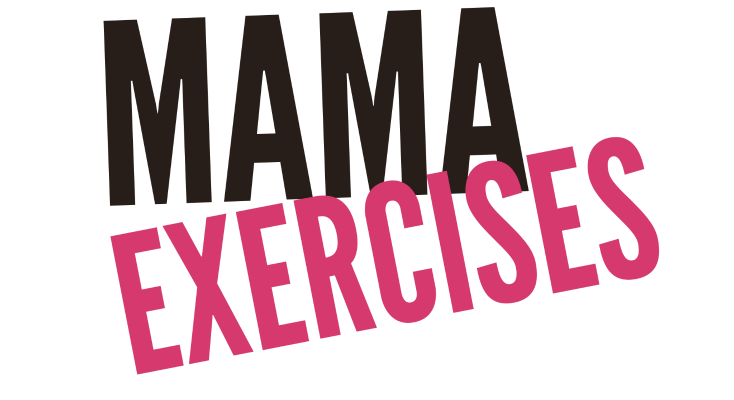What are the stages of intermittent fasting and how does your body respond? Let’s break it down.

Heard all about intermittent fasting, its benefits and pros and cons? Can’t wait to give it a try?
If you love the science aspect of it all you’re probably wondering what goes on in your body while you’re practicing it. I love the science-y part of how the body works (which is one of the main reasons why I became a personal trainer), so this was fascinating to me.
Check out what we’ve learned about the basic stages of intermittent fasting to get an idea of the science behind it all.
The Stages of Intermittent Fasting
Stage 1
This one’s the stage after your last meal. If you’re starting off with the 18/6 method, this will be the stage after your evening meal, where your blood sugar levels will spike, which will in turn, promote insulin secretion. The excess glucose in the blood will be stored as glycogen to be used by the body as energy for the fasting period.
Once the limit for your body to store glycogen has reached, it will store the excess glucose as fat.

Stage 2
This stage typically happens around 6 hours after stage 1. This is when your blood glucose levels start to go down, the insulin levels in your body decline, and the body starts to use the reserved glycogen for energy. This typically happens while you’re asleep.
Stage 3
This stage happens around 24 hours after your last meal, usually for people who practice the type of intermittent fasting that involves doing a 24 hour fast.
By this time, the body will have used most or all of its stored glycogen for energy and will turn to using fat as an energy source. This transition usually takes a longer time, since fats are difficult to access.
During this time, the body breaks down the amino acids in the body to use as energy (note that this is where the muscle breakdown happens).

Types of Intermittent Fasting
16/8 and 18/6
While there are many different forms of intermittent fasting, the most popular ones are the 16/8 and 18/6 methods, since they are relatively simple and effortless to practice.
They require you to restrict your eating window to 8-10 hours a day and fast every day for 14 to 16 hours. The simplest way to practice this is to have your last meal of the day before 8 pm and not have anything until noon the next day.
Eat-Stop-Eat
Another method is the Eat-Stop-Eat, which involves fasting for a complete 24 hour hours – 1 or 2 days a week.
Individuals who are already comfortable with the 18/6 method usually jump onto this one to speed up their weight loss results even further. Some people take this even further by opting for a 24 hour fast every second day of the week.
5:2 Method
The 5:2 method is another popular method that requires you to restrict your meals to 500 calories (600 calories for men) for 2 days a week, and eating normally for the remaining 5 days.

Intermittent Fasting
Only you and your doctor can determine if intermittent fasting is right for your body. While it may be tempting to jump in and go right into it, take the time to talk with your doctor to make sure there are no underlying conditions that would make intermittent fasting contraindicated for you.
If it’s a good fit, choose the method that will serve your lifestyle best. Expect there to be an adjustment period, but also expect to see results. You can do this!
Learn More About Intermittent Fasting
· What is Intermittent Fasting?
· The Pros and Cons of Intermittent Fasting
· 6 Common Mistakes with Intermittent Fasting That You Want to Avoid
· The Benefits of Intermittent Fasting
· Intermittent Fasting and Working Out
Disclaimer: Information found on this site is meant for educational and informational purposes only, and to motivate you to make your own health care and dietary decisions based upon your own research and in partnership with your health care provider. It should not be relied upon to determine dietary changes, a medical diagnosis or courses of treatment. Individual articles and information on other websites are based upon the opinions of the respective authors, who retain copyright as marked. Statements on this website have not been evaluated by the Food and Drug Administration. Products on this site are not intended to diagnose, treat, cure or prevent any disease. If you are pregnant, nursing, taking medication, or have a medical condition, consult your physician before using these products.

